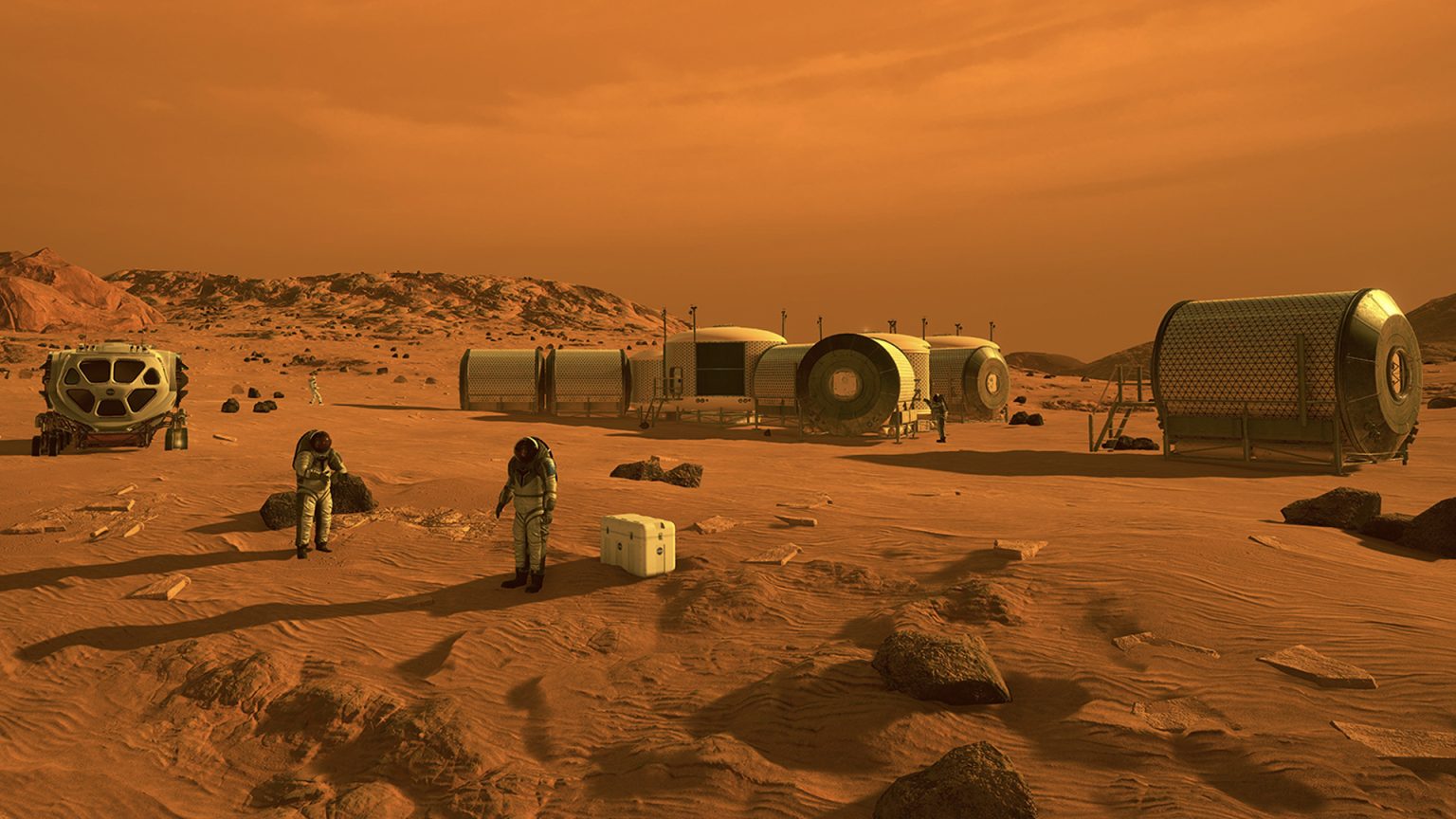The Perils of Space Travel: NASA’s Five Hazards of Human Spaceflight
Humanity’s dream of venturing beyond Earth and setting foot on Mars is rapidly approaching reality. However, this ambitious endeavor comes with inherent risks that NASA has meticulously identified and categorized as the "five hazards of human spaceflight." These hazards represent significant challenges not only for missions to Mars but also for extended stays on the International Space Station and future lunar missions. These dangers are not isolated threats but rather interconnected factors that can amplify each other’s impact on the human body, making deep space travel a complex and hazardous undertaking.
Space Radiation: An Invisible Threat
One of the most insidious dangers of space travel is exposure to space radiation. Unlike the protection offered by Earth’s magnetic field and atmosphere, astronauts in space are bombarded with ionizing radiation, a silent but potent hazard. A six-month space mission exposes astronauts to the equivalent radiation of 1,000 chest X-rays, significantly increasing the risk of cancer, damage to the central nervous system, bone loss, and cardiovascular diseases. Mitigating the effects of space radiation is a crucial challenge for long-duration space missions.
Isolation and Confinement: Psychological and Physiological Challenges
The vast distances of space mean extended periods of isolation and confinement for astronauts, far beyond the reach of immediate communication with loved ones and support systems on Earth. This isolation, coupled with sleep deprivation, disrupted circadian rhythms, and the heavy workload of space missions, can severely impact astronauts’ psychological and physiological well-being. The potential consequences include decreased performance, compromised health, and jeopardized mission objectives. Maintaining mental and emotional resilience in such isolated conditions is a critical factor for mission success.
Distance from Earth: A Logistical and Communicational Hurdle
The immense distance between Earth and Mars poses significant logistical and communication challenges. A round-trip mission to Mars could take up to three years, requiring meticulous planning and a high degree of self-sufficiency for the astronaut crew. Communication delays of up to 20 minutes each way complicate real-time support from Earth in case of emergencies or equipment failures. Astronauts must be prepared to handle a wide range of situations with limited assistance, relying on their training and ingenuity to overcome unexpected challenges.
Gravity Fields: Adapting to Weightlessness and Varying Gravitational Forces
The human body is adapted to Earth’s gravity, and prolonged exposure to weightlessness during space travel can have detrimental effects on bone density, fluid distribution, and overall health. Astronauts on a Mars mission will experience three distinct gravitational environments: weightlessness during the journey, the reduced gravity of Mars (about one-third of Earth’s gravity), and the return to Earth’s gravity. These transitions can cause spatial disorientation, coordination problems, balance issues, and even fainting upon landing. Moreover, weightlessness can lead to bone loss, fluid shifts that affect vision, and an increased risk of kidney stones. Developing countermeasures to mitigate the effects of varying gravity fields is essential for astronaut health and safety.
Hostile and Closed Environments: Microbial Risks and Habitat Design
Spacecraft and habitats designed to protect astronauts from the harsh environment of space also create unique challenges. The closed and confined nature of these environments promotes the spread of microbes, which can exhibit altered characteristics in space. Changes in stress hormone levels and immune system function can increase astronauts’ susceptibility to illnesses and allergies. Furthermore, designing habitable spaces that provide adequate comfort and minimize psychological stress is crucial. Factors such as temperature, noise levels, lighting, and personal space must be carefully considered to create a sustainable living environment for long-duration missions. The psychological well-being of astronauts, confined within a limited space for extended periods, is as vital as their physical health.
In conclusion, the journey to Mars and beyond presents a daunting array of challenges. NASA’s identification of the five hazards of human spaceflight – space radiation, isolation and confinement, distance from Earth, gravity fields, and hostile and closed environments – underscores the complexity of space exploration. Overcoming these hurdles requires ongoing research, technological advancements, and meticulous planning to ensure the safety and success of future space missions. As humanity ventures further into the cosmos, addressing these hazards will be paramount to fulfilling our dream of exploring distant worlds.


